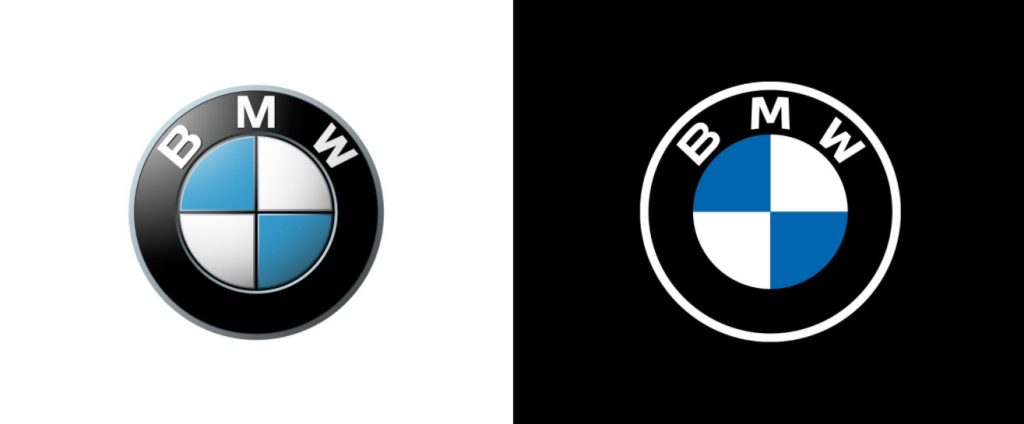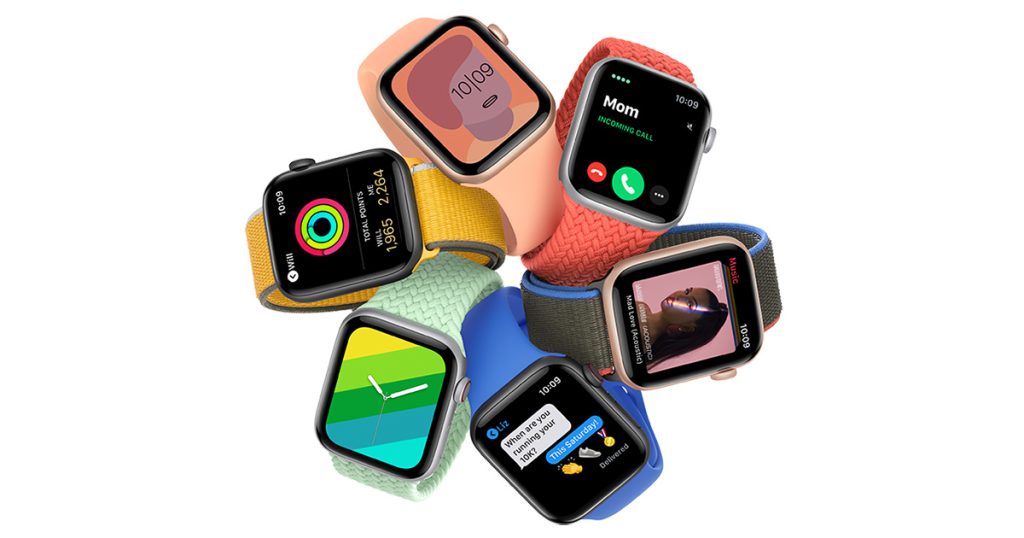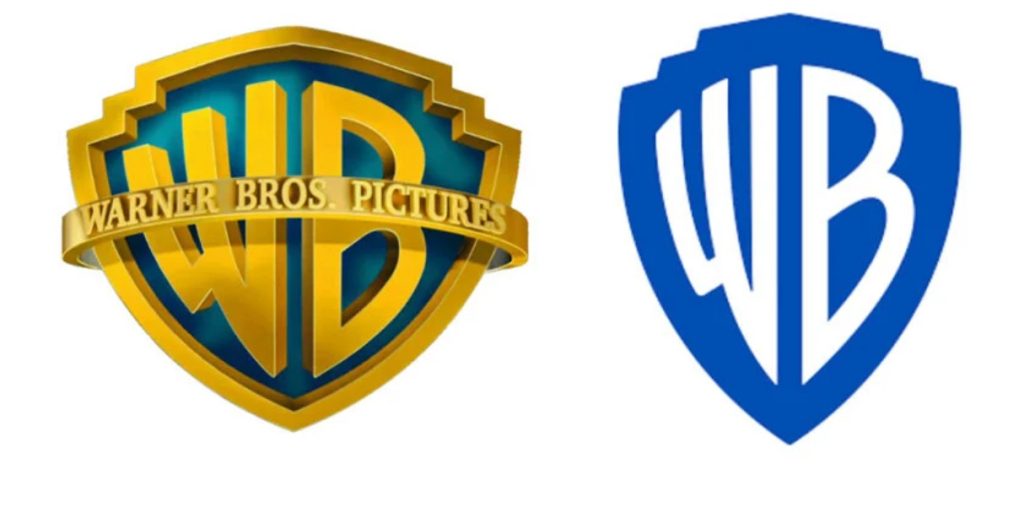Rebranding is a process by which an organization or a product updates or changes its image.
5 situations in which a change of image is useful for your business.
A refresh of the brand image requires minimal intervention in the visual or verbal identity. For example, a fine modernization of the logo or an adaptation of the slogan, or a nuance of the colors used.
In 2020, BMW updated its image. The new logo is two-dimensional, simpler, and more adapted to digital environments.

Rebranding is a major image change. It is generated by the construction of a new brand strategy and the communication of a new personality. A rebranding project reflects a dramatic change in the way a brand relates to its audience.

A rebranding project can mean changing the company's name, logo, and mission, and involves elements of intellectual property and brand registration.
An example of rebranding is the transformation of the consulting firm PricewaterhouseCoopers into pwc.

"We see multiple advantages in this visual change, it helps us communicate the company's values and services more coherently and powerfully, especially in the online environment."

Ian Powell, Chairman and Partner, PwC UK
See more details about the project here:
The advantages of a good image are indisputable. We all look for brands we trust and are willing to pay more for the sense of security that well-known brands give us.
But how do we know when is the right time for a refresh or rebranding project?
I made a list of 5 situations that I encountered
The original plans and values have changed. as the business grew. The brand image no longer overlaps with the company's values today. The organization needs an update and an image alignment with its current ambitions.


The perceived value of a brand can change. A popular product sometimes becomes a luxury product, which is sold expensively. This transition requires investment in increasing product quality and communication. An example is the Volkswagen brand, which initially addressed a very wide audience, and now has premium-class cars in its portfolio.
A very interesting case study is that of the Burberry fashion brand. The brand managed to escape the association with the hooligan phenomenon and became a symbol of the luxury fashion industry.


A marketing technique is that of selling a new category of products under an already-known brand. It is more efficient to launch a new product with an already existing trust capital. The loyal audience will associate the qualities of the brand with the new product and will be more willing to test and purchase it.

It is very important for a brand to know how to communicate in the language of its customers.
And they evolve, and so do their desires and aspirations.
There are brands that communicate with both young people and their parents. For example, cereal brands need to appeal to children but also convey healthy eating messages to parents.

Interaction with brands takes place, most of the time, online.
A brand that looked great in print or on the computer screen no longer fits as well on the small screen of the mobile phone.
Adapting the image to the digital environment requires a simplification of the constituent elements of the initial identity. The time to decipher the image is much shorter, so the visual identity must be very clean. The font must work at very small sizes. That's why the fonts are full, without serifs, in solid colors.

Bonus:
When consumers are highly attached to a brand's identity
Loyal customers have a sense of brand ownership. They want to recognize the visual identity elements they appreciate. Sometimes changing the brand image is not to the customers' taste. Especially if it is major and not perceived as an improvement.

Strong brands adapt to social and technological changes, thus remaining contemporary and relevant to their audience.
Write to us if you need advice related to the evolution of your brand. The Logo Bigger team has a lot of experience in refreshing or rebranding projects.